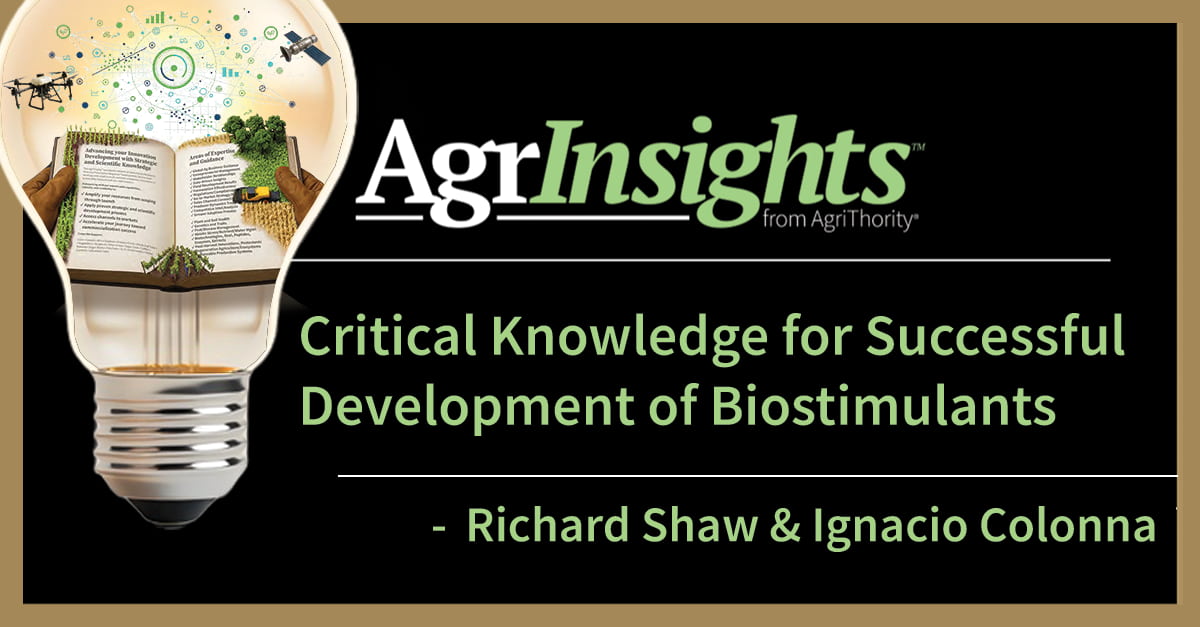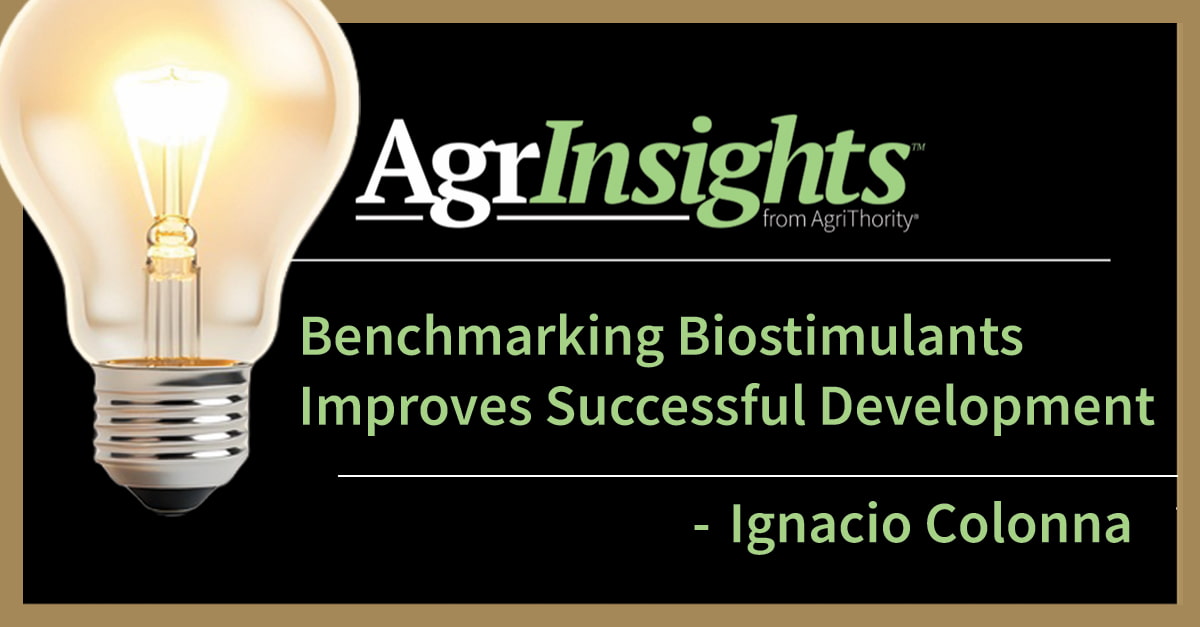The term “sustainability” has a wide variety of definitions, and while each definition has basic similarities, they are often customized to fit the personal or business objectives of the authors. At AgriThority® our objective is to provide a holistic and robust framework for assessing the sustainability of agricultural crop inputs, encompassing environmental, economic, and social dimensions tailored to the needs of all stakeholder groups in the agricultural production value chain. The core principles for the framework for assessing sustainability in agriculture are:
- Life Cycle Thinking
- Transparency and Comparability of assessment results
- Stakeholder Engagement
- Continuous improvement
Key Indicators of Sustainable Practices
U.S. agriculture is in a particularly strong position to be the world leader in sustainable crop and livestock production. With particularly advanced positions in most or all of the key indicators of sustainable practices, the following key indicators and notes in italics indicate common practices of U.S. farmers that support these indicators:Environmental Sustainability Indicators
- Soil Health
- Water Use Efficiency
- Nutrient Use Efficiency
- Biodiversity
- Impacts of Biological Production and Application; energy-use, resource depletion, waste generation, and potential environmental impacts associated with production, packaging, transport, and application.
Social and Economic Sustainability Indicators
Farm Level:- Yield enhancement. Higher yields mean more production from less land and other inputs
- Input cost reduction (fertilizers, pesticides, etc.)
- Improved crop quality (size, nutrient content, shelf-life)
- Labor savings
- Increased farm profitability (net income)
Value Chain Sustainability Indicators
- Market value of sustainably produced crops (premium prices)
- Processor & retailer benefits (raw material quality, brand reputation)
- Reduced supply chain risks (climate change, pest outbreaks)
Socio-Economic Sustainability Indicators
- Improved farmer livelihoods (income, working conditions)
- Community well-being (environmental quality, health risks)
- Heritage


